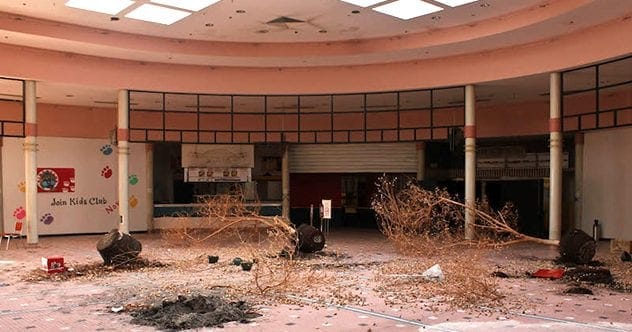The retail landscape is constantly changing, and recent events have accelerated the decline of many once-popular brick-and-mortar stores. The rise of e-commerce, changing consumer preferences, and economic pressures have all contributed to what’s being called the “retail apocalypse.” Even before the recent pandemic, many businesses were struggling, and now, the pressure is even more intense. Let’s take a look at some of the store types that are disappearing or have already vanished from our neighborhoods.
Department Stores
Department stores, once the anchors of shopping malls and central retail hubs, are facing a steep decline. These stores, which sell a wide variety of goods, are struggling to compete with specialized retailers and online giants.

Many iconic names have either disappeared or are on the brink. Marshall Field’s and Hecht’s, both purchased by Macy’s, were converted or closed. Macy’s itself plans to close 125 stores. Bon-Ton, including its subsidiaries, liquidated in 2018, closing 256 stores. Filene’s Department Store went bankrupt in 2009, and Mervyn’s closed all its stores after declaring bankruptcy in 2008. Even stalwarts like Sears and JCPenney have been forced to close numerous locations and face ongoing financial challenges.
Clothing Stores
Clothing stores, whether they cater to the entire family or specialize in niche markets, are also feeling the pinch. The competition is fierce, and many stores are struggling to stay relevant in the face of changing fashion trends and online shopping.
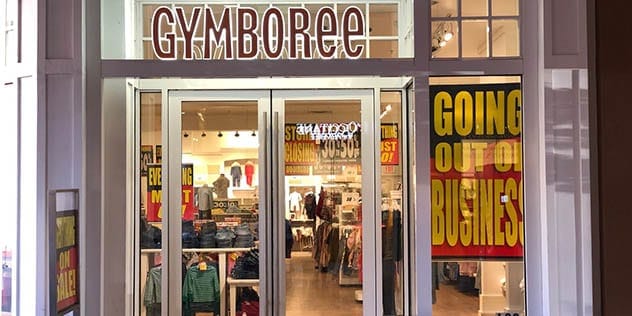
Filene’s Basement closed all 20 locations in 2011, and The Limited shut down 250 stores in 2017. Henri Bendel closed all 23 stores in 2019. Charlotte Russe closed over 500 stores, and Avenue closed 222. Luxury retailer Barneys New York ceased operations in February 2020, and DressBarn announced the closure of all 650 locations. Several teen-focused stores like Steve & Barry’s, Gadzooks, and Wet Seal have also disappeared or shifted entirely online. Even children’s clothing chains like Gymboree and Destination Maternity have faced closures and bankruptcies.
Shoe Stores
Specialty shoe stores are struggling to compete with the convenience and variety offered by online retailers like Zappos and Amazon. Brick-and-mortar shoe stores are finding it hard to stay afloat.
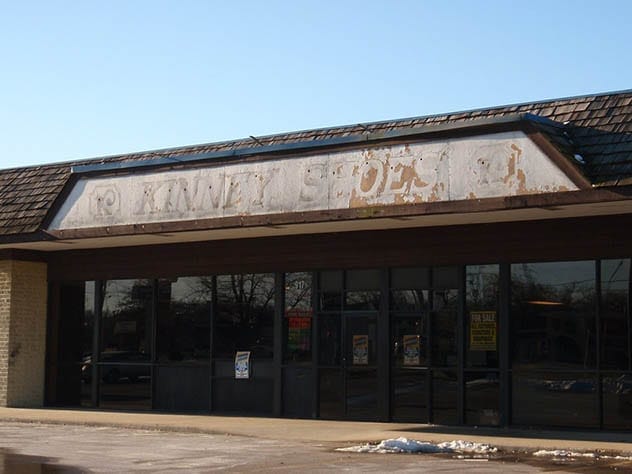
Kinney Shoes, which once had 467 stores, closed all locations in 1998. Thom McAn, with over 1,400 stores at its peak, closed in 1996. Payless ShoeSource filed for bankruptcy in 2019 and closed all 2,500 stores, marking one of the largest retail liquidations in history. These closures highlight the challenges faced by shoe retailers in the current market.
Toy Stores
The rise of digital entertainment and online shopping has significantly impacted toy stores. Children are increasingly drawn to video games and electronics, leaving traditional toy stores struggling to attract customers.
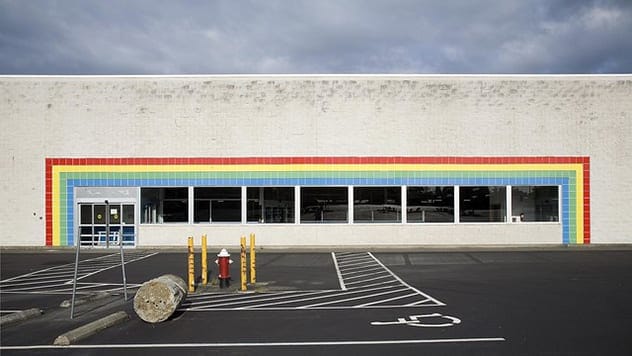
FAO Schwarz, an iconic toy store, closed its Fifth Avenue location in 2015 but reopened in a new location. Imaginarium, an educational toy store, disappeared by 2003. Zany Brainy filed for bankruptcy in 2001, and K·B Toys closed all 1,300 stores in 2009. The most significant blow was the closure of Toys R Us in 2018, marking the end of an era for many.
Electronics and Computers
Even electronics and computer stores, which sell the very devices driving the shift to online retail, are not immune to the retail apocalypse. The ease of online shopping and digital downloads has reduced the need for physical stores.
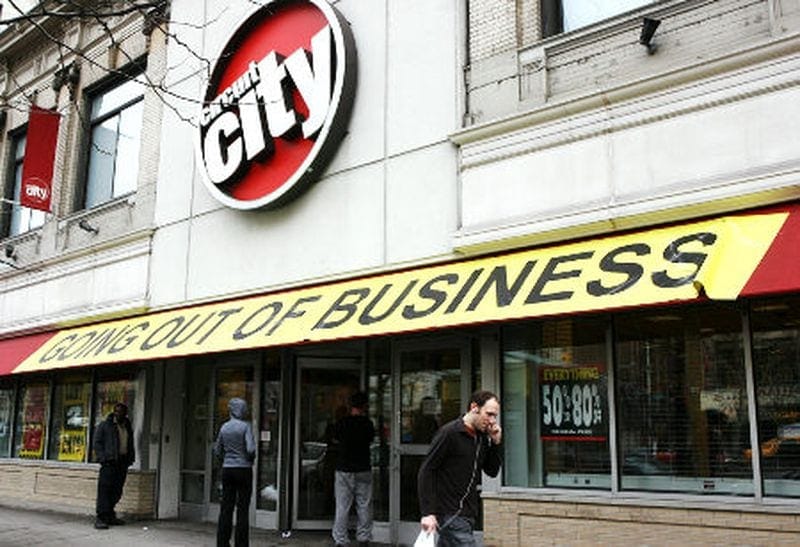
Media Play closed in 2006, and Tweeter closed all stores in 2008. Circuit City closed 567 stores in 2009, and CompUSA lost its last store in 2012. Sharper Image now operates primarily online. GameStop, facing major losses due to the rise of digital game downloads, has closed nearly 200 stores and plans more closures in the coming years.
Music and Video Stores
The rise of streaming services has decimated music and video stores. Consumers now prefer the convenience of accessing their favorite movies and music online, making physical stores obsolete.
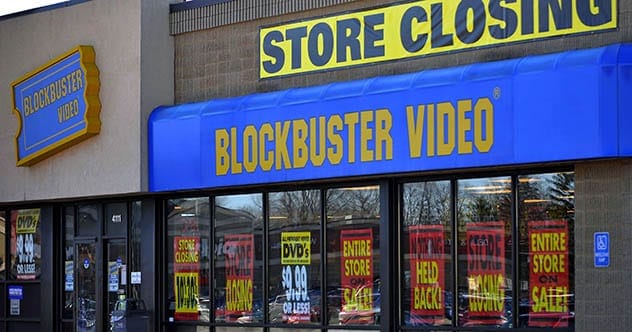
Tower Records closed all U.S. stores in 2006. Sam Goody stores either closed or converted into other brands by 2010. Hastings Entertainment shuttered all 123 stores in 2017, and Virgin Megastores closed all U.S. locations in the same year. Blockbuster, once a dominant force with over 9,000 stores, filed for bankruptcy in 2010, and now only one store remains in Bend, Oregon.
Furniture and Home Goods
Despite the popularity of home improvement and decorating shows, furniture and home goods stores are also struggling. Online retailers and changing consumer habits have put pressure on these businesses.
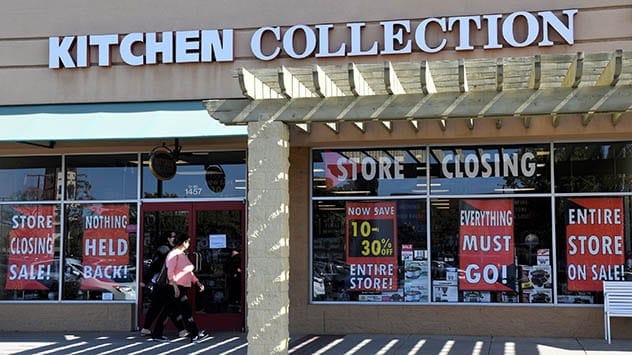
Levitz Furniture closed all stores in 2008, and Linens ‘n Things went from over 500 stores in 2006 to none by 2008. The Kitchen Collection closed all 160 stores, and A.C. Moore shut down all 145 stores. Even Bed, Bath & Beyond closed 60 stores in 2019, and Pier 1 Imports announced plans to close 57 stores in 2020. Z Gallerie will close 17 of its 76 stores as part of a restructuring.
Book Stores
Bookstores have faced significant challenges due to the rise of e-books and online retailers. While physical books have maintained their appeal, the way they are purchased has shifted dramatically.
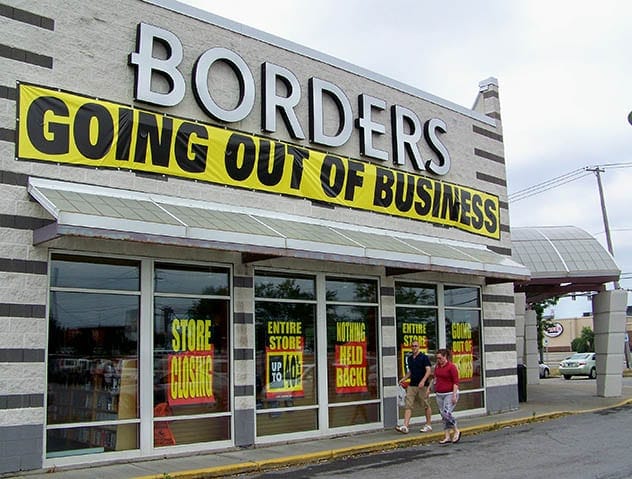
B. Dalton Books was acquired by Barnes & Noble and closed in 2010. Barnes & Noble itself has closed about 10 percent of its stores since 2011. Waldenbooks merged with Borders, and all locations closed when Borders liquidated in 2011. Family Christian Stores closed in 2017, and LifeWay Christian Stores shut down 170 stores. Book World, a 45-store chain, liquidated in 2017, citing the impact of internet retail.
Sporting Goods
The sporting goods retail sector has seen its share of casualties. Competition and changing consumer habits have led to numerous closures.
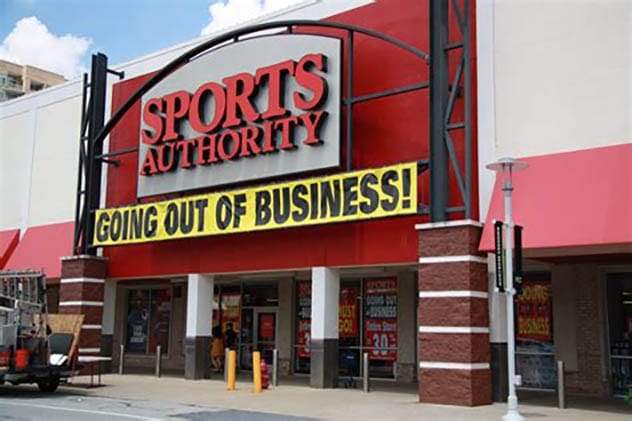
Oshman’s Sporting Goods was acquired and rebranded as Sports Authority, which later went bankrupt and closed all locations in 2016. Sport Chalet abruptly closed all stores in 2016, and MC Sports closed in 2017. Advanced Sports Enterprises filed for bankruptcy and closed 102 Performance Bicycle stores. Modell’s Sporting Goods, the oldest sporting goods chain, announced it would close all 115 stores in March 2020.
Discount Chains
Even discount chains, which aim to offer value to consumers, have faced challenges. Changing consumer preferences and the dominance of online retailers have led to significant closures.
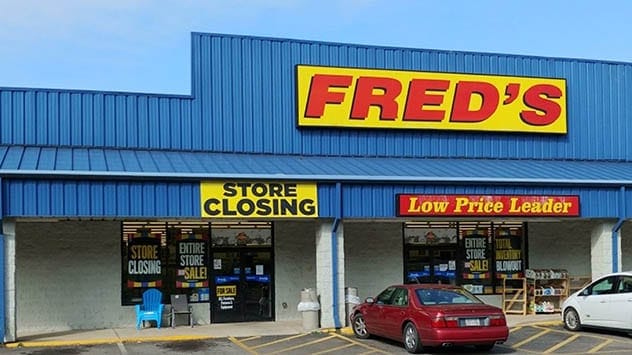
Ames Department Store closed all stores in 2002. Dollar Tree converted some Family Dollar stores and closed others. Fred’s discount chain closed all 520 stores by the end of 2019, and Shopko closed all 371 stores in 2019, unable to compete with the likes of Amazon.
The retail apocalypse is a complex phenomenon with multiple contributing factors. The shift to online shopping, changing consumer preferences, and economic pressures have all played a role in the decline of brick-and-mortar stores. While some retailers have adapted and found ways to thrive, many others have disappeared or are on the brink. The future of retail will likely involve a mix of online and physical shopping experiences, with a focus on convenience, personalization, and value.
What are your thoughts on the changing retail landscape? Which stores do you miss the most? Leave your comment below!


